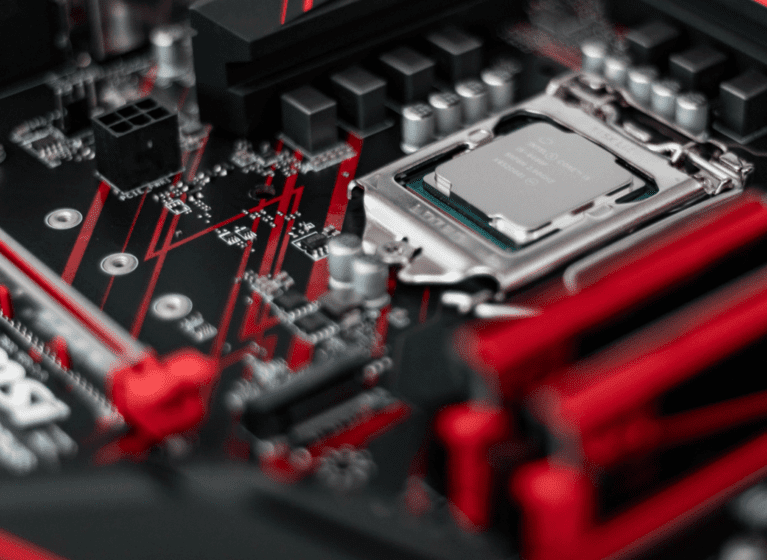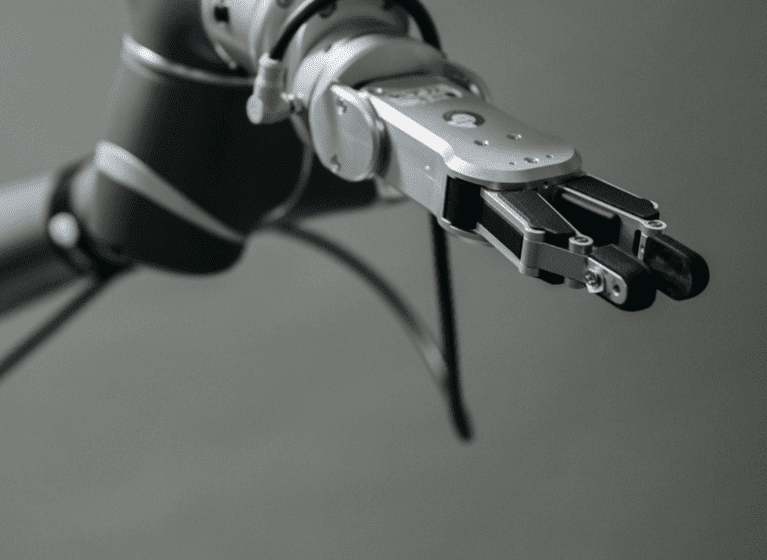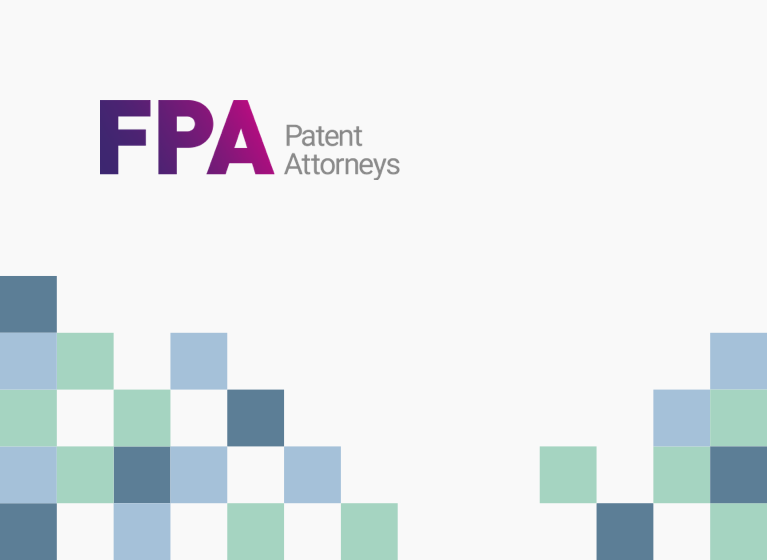This article was published on 18 December 2018 with permission in Thomson Reuters Practical Law Australia. TM
On 12 December 2018, Australia’s Federal Court handed down a decision concerning the patentability of a computer implemented invention: Rokt Pte Ltd v Commissioner of Patents [2018] FCA 1988 (Rokt).
Like almost all recent cases regarding computer implemented inventions, the primary issue was not whether the invention in question was new and inventive, but whether the invention was fundamentally patent eligible subject matter – or, in the Australian parlance, a manner of manufacture.
Unlike almost all recent cases in this area, however, the single Judge hearing the case held the invention to be patent eligible. The decision is therefore a long awaited balance to the current leading Federal Court decisions, which found their respective inventions patent ineligible.
Moreover, it is a decision that appears to apply the same patent eligibility rules that are applied to other inventions, rather than treating computer implemented inventions as a separate class of invention with different principles applying. Specifically, Justice Robertson held that:
- a business problem can well turn into a technical problem and give rise to a technical solution;1 and
- a new combination of known features can support a patent eligible invention.2
The invention and background
The patent application considered in the Rokt case is AU 2013201494: “A Digital Advertising System and Method”.
As brief background:
- In 2013, the patent application was accepted by the Patent Office.
- Following withdrawal of a third party opposition, the Patent Office itself initiated re-examination.
- The re-examination process ultimately led to two Patent Office hearings (with claim amendments made in between):
- The sole issue in both Patent Office hearings was subject matter eligibility, and in both hearings the application was refused on this ground.
- The decision was then appealed to the Federal Court.
The patent application as accepted – i.e. prior to amendments made during re-examination – is here.
Claim 1 as considered by the Court is reproduced at the end of this article. For present purposes, however, it is sufficient to note that claim 1 is generally directed to standard computer hardware programmed to (ultimately) present an advertisement.
The subject matter eligibility test
Justice Robertson found that the parties generally agreed on the relevant legal principles with respect to subject matter eligibility. These included:3
- A claimed invention must be considered as a matter of substance not form.
- Neither mere business innovations nor abstract ideas are patentable subject matter.
- It is necessary to understand where ingenuity is said to lie.
- There must be a technological innovation, and simply putting a business method into a computer is not sufficient.
- There must be an improvement in computer technology (or the invention must involve use of a computer that was “foreign” at the relevant priority date).
Despite agreement on the general principles, however, the Judge noted a marked difference in how the parties approached the issue. Specifically, he noted that the Commissioner of Patents (despite referring to the ‘substance’ of the invention) adopted an approach that focused on:
… issues of separate or indeed discrete differences or distinctions rather than on the claim or claims as a whole and as a matter of substance.4
Justice Robertson’s response to the Commissioner’s approach was cautionary:
A focus on elements known as at December 2012 in isolation tends to lose sight of the combination of techniques or components in an innovative and previously unknown way.5
Commissioner’s Submissions
The Commissioner’s submissions were, in essence, that that the substance of the claimed invention was an unpatentable business method or scheme for advertising. The Commissioner asserted that although the method/scheme was implemented using computer technology, the innovation did not lie in that implementation but in the scheme itself.6
Anyone who has prosecuted computer implemented invention patent applications before the Australian Patent Office will almost certainly have been faced with objections such as this – objections which (in the authors’ view):
- seize on an outcome or result of a claimed invention (e.g. the presentation of advertising);
- identify that result as the ‘substance’ of the invention (largely ignoring the steps/operations performed to reach the result);
- identify that a standard computer can be programmed to implement the invention and assert , therefore, that there is nothing foreign to the normal use of the computers; and
- on this basis reject the invention it as being a mere business method or scheme.
The Commissioner further argued that the invention should be found unpatentable subject matter because the distinguishing features resided in the particular advertising function performed and that computer devices existing before the priority date were “capable of being programmed to implement” the invention.7
As patent attorneys, the authors find such a proposition concerning. Firstly, if the proposition is accepted it would seem tantamount to saying that absent new hardware no computer implemented invention that can somehow be related to a business function is patentable. Secondly, and at a more fundamental level, if the test for patentability was one of what was possible at the priority date the natural end point would seem to be that nothing is patentable.
The finding
Justice Robertson found the claimed invention to be patent eligible subject matter.
There are two particular aspects of the decision that the authors find particularly compelling.
Business v technical problems
The first of these is Justice Robertson’s treatment of the Commissioner’s argument that the invention solved a business rather than a technical problem.
Justice Robertson agreed that while a business problem was being addressed (that of attracting user attention and delivering advertising), in looking to a technical solution that business problem was translated into a technical problem:
I find that there was a business problem of attracting the attention of the user and having the user choose to interact with the advertiser, but this problem was translated into the technical problem of how to utilise computer technology to address the business problem.8
The proposition that what starts as (or ultimately addresses) a business problem can nonetheless turn into a technical problem seems almost implicitly understood in non-computing technology areas. For example, one could easily argue that a mechanical vending machine simply solves the business problem of making products available to consumers. Such objections do not seem to be raised in any technology area other than computer implemented inventions, however.
Improvements to the computer
The second compelling aspect of Justice Robertson’s decision is in the consideration of what does and does not constitute an improvement in computer technology (or, phrased alternatively, what can be considered “foreign” to the use of computers at the priority date).
The Commissioner’s approach involved considering claim steps/features in isolation, having regard to known computing technology and advertising systems. This led to the Commissioner’s argument that the only differences provided by the invention were in “the content of the data and objects that the computing systems gathered, analysed, ranked and displayed” and that this involved no ingenuity in computer implementation, only advertising ingenuity.9
Justice Robertson, however, accepted Rokt’s expert evidence that “the substance of the invention was to introduce a dynamic, context-based advertising system”,10 and that this was an improvement to computer technology.
Once again, the type of argument led by the Commissioner does not typically arise in non-computing technology. As pointed out in Rokt’s submissions, it is well accepted (at least in in non-computing technology) that a patent may be granted for a combination of known integers.11
As noted above, Justice Robertson’s general response to this line of argument was cautionary:
A focus on elements known as at December 2012 in isolation tends to lose sight of the combination of techniques or components in an innovative and previously unknown way.12
More specifically, the Judge found that the invention did introduce a method that was “foreign” to the use of computers at the priority date:
It followed that the patent introduced a method which was foreign to the use of computers as at December 2012. Not only did it draw together different streams of information and put them together and worked with them in a way that was new, making the combination of these techniques new, but certain elements of the invention were also new in their own right.13
Importantly, Justice Robertson’s finding here appears to identify two separate bases on which a computer implemented invention can be found to be “foreign”. Not only can “foreign” computer use be found where certain elements are new, but also where known elements are combined in a new way.
That combining known computing techniques in a new way can support patentability is further – and unambiguously – articulated twice more in the decision:
In addition, known components had been integrated into a single system in an innovative and previously unknown way. The invention brought together some new elements and some known elements to form a working combination that had not previously been achieved and involved the use of computers in a way that was foreign to their normal use as at December 2012.14
And
Taken in isolation, a database, a client-server architecture, the running of the Javascript program on a publisher’s website and the creation of a ranking engine to rank abstract data to achieve an ordered list were each known as at December 2012 but, in combination, the distinction between engagement offers and general advertising, coupled with the algorithms making use of background data for personalisation and ranking was a new combination of new and previously existing components and a new use of computer technology.15
The approach by Justice Robertson aligns the consideration of computer-implemented inventions with other inventions. For example, in the celebrated case of NRDC, the High Court held that it was a fallacy to divide up a process that an inventor puts forward as their invention and that it is the whole process that must be considered.16 A consistent approach seems appropriate for Australia, which does not have any statutory exclusion to the patenting of software.
Where to from here?
It is, of course, far too early to claim the tide has turned. The Rokt decision was a first instance decision only. The Commissioner may appeal to Australia’s Full Federal Court, and if done it is possible that the Court will consider that Justice Robertson misapplied the principles from the RPL Central and Research Affiliates decisions in this area.
Furthermore, the Encompass case17 (also regarding the patent eligibility of computer implemented inventions) was very recently heard by an expanded 5 judge bench of the Full Federal Court. When handed down, the Encompass decision may also impact the precedential value of the Rokt decision (and it too may revisit the RPL Central and Research Affiliates decisions).
Despite this, it is heartening to finally see a decision that appears to treat computer implemented inventions like other technology, rather than seemingly carving out special exceptions to well established principles. If the decision stands, it will serve as a very useful clarification of the law in Australia, providing specific guidance of what computer-implemented inventions are patentable to supplement the existing guidance on what is not patentable.
Claim 1 as considered by the Court
A computer implemented method for linking a computer user to an advertising message by way of an intermediate engagement offer which is operable to drive a higher level of engagement with the advertising message than if the advertising message was presented without the offer, the method comprising:
- providing computer program code to be delivered with publisher content to a computing device operated by the computer user and which computing device comprises an interface arranged to display the publisher content, the computer program code operable to be implemented by a processor of the computing device to perform the additional steps of:
- gathering engagement data associated with the user, the engagement data derived from interactions made by the user with the interface and related to at least one of the following:
- an attribute of the publisher content;
- an interaction with the publisher content by the computer user; and
- an attribute of the user;
- communicating the engagement data as it is gathered to a remote advertising system implementing an engagement engine, the engagement engine operable to:
- continuously evaluate the engagement data to determine whether a predefined engagement trigger has occurred, the predefined engagement trigger being representative of a user response or action that is contextually relevant for presentation of the engagement offer;
- responsive to determining that the predefined engagement trigger has occurred, selecting an engagement offer from a pool of different engagement offers stored by the remote advertising system that is relevant to the evaluated engagement data and wherein, where multiple engagement offers are deemed to be relevant, the engagement engine implements a ranking algorithm operable to dynamically rank the relevant engagement offers based on at least one of:(a) an engagement score determined from one or [more] performance metrics recorded from past user interactions with the corresponding engagement offers;(b) a revenue score determined from one or more revenue metrics recorded from past user interactions with the corresponding engagement offers, and
- gathering engagement data associated with the user, the engagement data derived from interactions made by the user with the interface and related to at least one of the following:
- wherein the engagement engine selects which engagement offer to present based [on] the rankings;
- causing the interface to insert the selected engagement offer into the publisher content for displaying to the computer user;
- implementing the computer program code to determine an acceptance of the engagement offer by the computer user based on a user interaction with the engagement offer; and
- following the determined acceptance, presenting an advertising message comprising one or more advertisements selected from a pool of different advertisements on the interface and wherein user interactions with each of the presented advertisements are gathered by the widget script and communicated to the remote advertising system for use in selecting subsequent advertisements, and whereby the selection of [sic] engagement offer is additionally made such that there is no direct advertising benefit to the subsequent advertisers of the selected advertisements through presentation of the selected engagement offer to the computer user other than encouraging positive engagement by the user with the advertising system prior to presentation of the advertising message.
1 Rokt at 207.
2 Rokt at 213.
3 Rokt at 201.
4 Rokt at 202.
5 Rokt at 202.
6 Rokt at 188.
7 Rokt at 191 to 196.
8 Rokt at 207.
9 Rokt at 196.
10 Rokt at 203.
11 Rokt at 202.
12 Rokt at 202.
13 Rokt at 211.
14 Rokt at 212.
15 Rokt at 213.
16 National Research Development Corporation v Commissioner of Patents (1959) 102 CLR 252 at [8].
17 Encompass Corporation v Infotrack NSD734/2018





